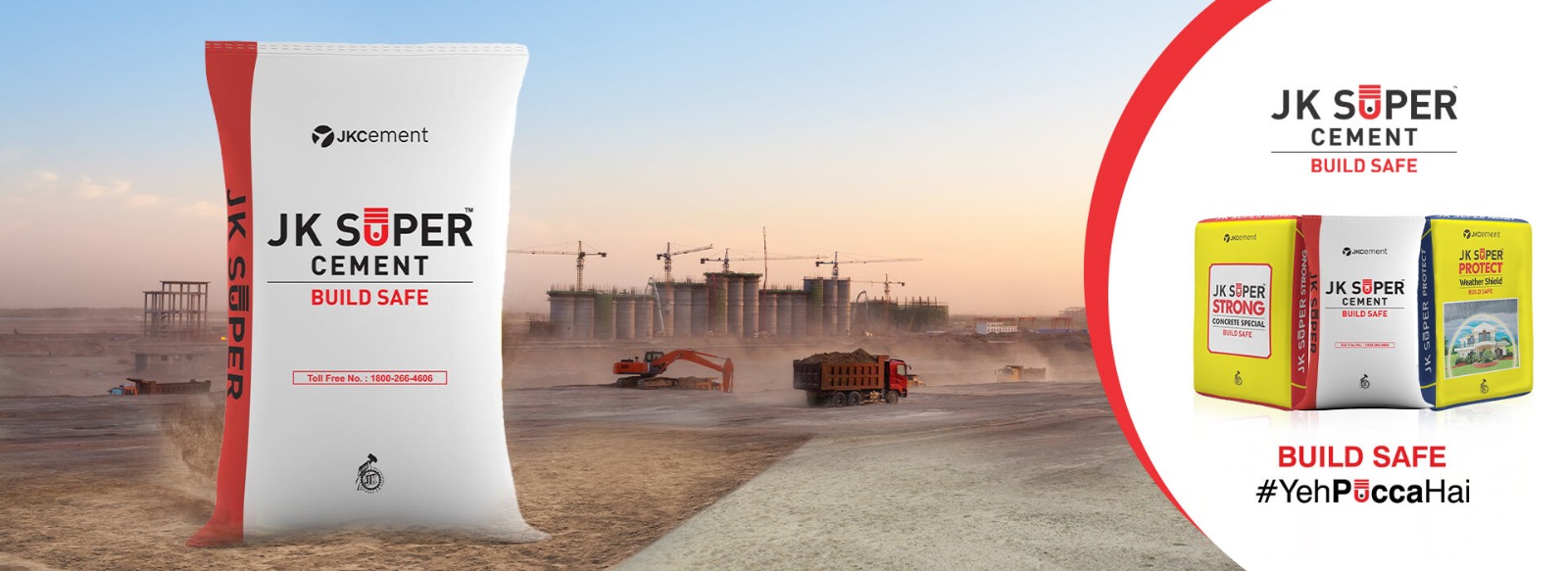ENVIRONMENTAL COMPLEXITIES: VALUING CONTAMINATED LAND IN THE REAL ESTATE MARKET
Environmental Complexities: Valuing Contaminated Land in the Real Estate Market
The real estate market is often a reflection of societal values, economic trends, and environmental concerns. One such concern that has gained significant attention in recent years is the valuation of contaminated land within the real estate market. As environmental awareness grows and regulations become more stringent, the complexities surrounding contaminated land have become a critical factor in property valuation, transactions, and overall market dynamics.
The Challenge of Contaminated Land
Contaminated land refers to parcels of property that have been polluted by hazardous substances, which could pose risks to human health and the environment. These pollutants can range from industrial chemicals and heavy metals to petroleum products and other toxic materials. The presence of contaminants on a property can result from historical land uses, improper waste disposal, or accidental spills.
Valuing contaminated land presents unique challenges that extend beyond the typical factors considered in real estate appraisal. Traditional property valuation models often rely on location, size, nearby amenities, and comparable sales. However, contaminated land introduces a layer of complexity that demands a more sophisticated approach.
Factors Affecting Valuation
Several key factors play a role in valuing contaminated land:
- Extent of Contamination: The degree and type of contamination greatly influence property value. Sites with severe contamination may require extensive remediation efforts, which can be costly and time-consuming. As a result, potential buyers and investors consider these factors when determining a property’s worth.
- Regulatory Environment: Environmental regulations and policies can significantly impact land valuation. Properties with contamination may be subject to cleanup requirements and ongoing monitoring, which can affect their marketability and value.
- Remediation Costs: The cost of remediating the contamination is a crucial consideration. Buyers and investors assess these costs against the potential benefits and future use of the property.
- Market Perception: The stigma associated with contaminated land can deter buyers and investors. Negative perceptions of health risks and environmental damage can drive down property values.

- Future Use Possibilities: The potential for property reuse after remediation is another valuation factor. Land that can be repurposed for residential, commercial, or industrial purposes may hold greater value than land with limited usability.
Valuation Approaches
Valuing contaminated land requires a multidisciplinary approach that combines real estate expertise, environmental science, and legal understanding. Several valuation approaches are commonly used:
- Market Comparison: This approach involves comparing the contaminated property to similar uncontaminated properties in the area. Adjustments are made to account for contamination-related differences.
- Income Approach: For income-generating properties, this approach calculates value based on the property’s potential income stream. Contamination-related costs and risks are factored into the calculations.
- Cost Approach: This approach evaluates the cost of remediating the contamination and adjusts the property’s value accordingly. It is often used as a baseline for properties that may not have direct comparable sales.
Navigating the Future
As environmental concerns and regulations continue to evolve, the valuation of contaminated land will remain a complex challenge in the real estate market. Professionals in the industry, including appraisers, environmental consultants, and legal experts, must collaborate to develop robust methodologies that accurately reflect the value of these properties.
Moreover, stakeholders in the real estate market should consider the long-term implications of owning contaminated land, including potential liability, ongoing monitoring costs, and the reputational risks associated with environmental hazards. Sustainable land-use practices, proactive remediation efforts, and transparent communication will be essential in addressing these complexities and ensuring the responsible development and transaction of contaminated properties.
In conclusion, the valuation of contaminated land represents a significant intersection of environmental, legal, and economic factors in the real estate market. As society places greater emphasis on sustainability and environmental responsibility, the challenges posed by contaminated land underscore the need for innovative solutions and a comprehensive understanding of its impact on property valuation.


